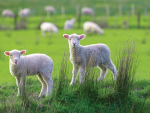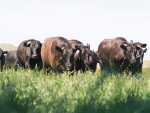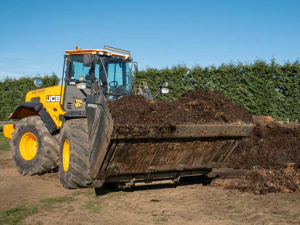Reecently Beef + Lamb New Zealand hosted a webinar giving farmers an update on findings from the Sheep Poo study, featuring Dr Cara Brosnahan and vet Ginny Dodunski. This study, which is entering its final year, is a key part of the Eliminating Facial Eczema Impacts (EFEI) programme and is helping build a clearer picture of how FE affects farms nationwide.
B+LNZ says there is still time for farmers interested in getting involved, as the third season starts soon.
Top findings learnt through season 1 and 2:
Traditionally thought to be a problem confined to the North Island, the study has revealed that spores linked to FE are present from Northland all the way down to Otago.
“FE risk isn’t just seasonal or regional,” said Brosnahan.
“We’ve seen spore activity stretch into May and June, and it’s not limited by geography.”
The study also looked at how farmers in the study are currently managing FE risk:
- 42% of farmers use zing as their main tool.
- 37% rely on genetics to build resistance in their flocks.
- With the remaining farmers using other methods.
These numbers reflect a growing awareness of the need for long-term solutions. But the study didn’t stop there.
The study is also looking into what are risk factors of FE. Could elevation be a factor? Is FE risk clustered in certain areas? Does grazing behaviour make a difference?
To answer these, data from each year will be analysed to help confirm these patterns.
B+LNZ says that early evidence suggests that if your neighbour has high spore counts, you might too. Elevation and pasture height are also emerging as important factors. The higher the elevation, the fewer FE spores were found in the faeces. In contrast, lower pasture height was linked to increased spore presence. Understanding these localised risks could be key to developing targeted interventions and management strategies.
While season 1 and 2 have given significant insights that will pave the way for creating an effective risk assessment tools and solutions for managing FE, there is still work to be done.
B+LNZ says it needs more farmers to join the study.
By joining the final season of the largest facial eczema study of its kind, farmers can help build a national solution to a disease that costs the livestock industries over $330 million each year. Participation is free, and farmers receive fortnightly spore count results which can help inform proactive management decisions.
“We’re closer than ever to understanding FE. With farmer input, we can find the tools that really work,” said Brosnahan.



















